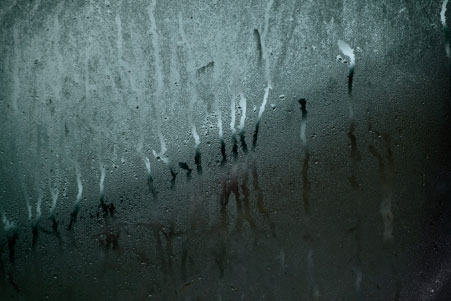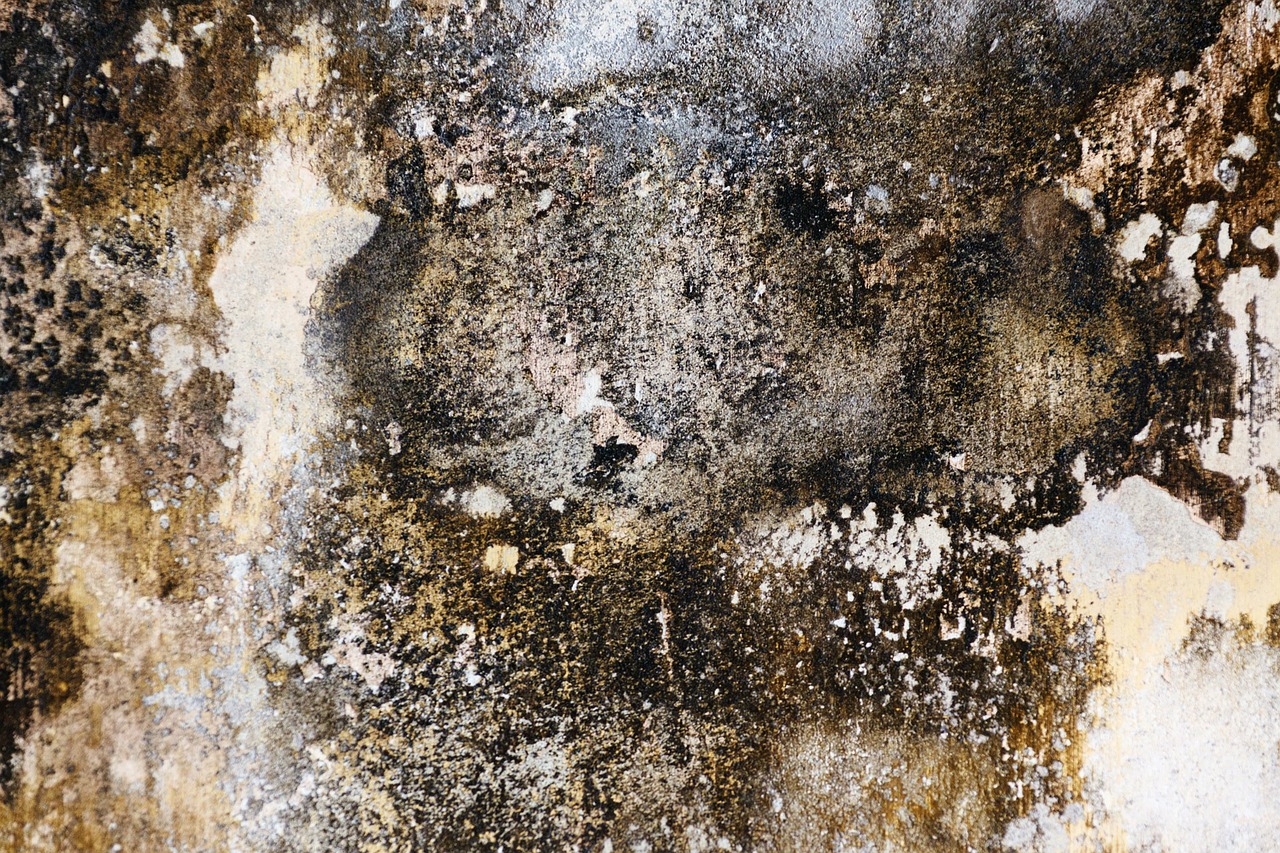When you have damp in your house it can cause a whole host of serious problems. Not just in terms of the excess moisture causing damp walls that ruin that can play havoc with the structural integrity of the internal walls, but also damp in the house has effects on your health. Many people have allergic reactions to damp and the mould that is formed as a result.
We all know what mould and damp looks like, but did you know that there are actually three distinct types of damp problems. That is, condensation, penetrating damp and rising damp. Perhaps you’ve been in the situation where you have wondered if you had a damp issue or its been condensation. Often people think of those issues as one and the same, when really, they’re not.
In the following post we are going to discuss the differences between all three damp problems and how to determine which you have in your home.
Condensation
By far the most common form of damp-related issue is condensation. This is caused wet air coating the windows and walls, in rooms like bathrooms and kitchens where the air is generally full of moisture. It’s not always the case, but condensation is more noticeable during wintertime because of the difference in temperature on the air surrounding the walls and the air between the walls is greater and the combination of this and the heating being on and off regularly.

Poor ventilation makes condensation even worse, an issue in houses that have been renovated where a chimney has been removed, roof insulation or double-glazed windows have been installed. As all these alterations effectively seal a house up, they lower the amount of ventilation the property has.
As older properties were built with the goal of them breathing, the removal of ventilation spots will cause the increase in condensation.
Identifying Condensation
Water droplets on the walls and windows is normally the first indication that there’s an issue with condensation in their home. The appearance of dark mould and there being a damp and nasty smell in the air are also signs of condensation.
If this issue is not treated, it can cause wooden frames to get damaged and to start to decay, with the plaster and pain starting to strip. If you are looking to avoid paying for intrusive and intensive professional solutions, you could simply wipe the excess water caused by condensation using a cloth, though will find that you need to do this a lot more often.
If you are looking at how to get rid of damp in your house, you need to speak to professionals who can advise you on the best course of action as your condensation problem is not going away.
Penetrating Damp
When there is horizontal water movement that causes water to leak into the walls of your property, this problem is normally referred to as penetrating damp. This is different from rising damp that travels vertical up walls and can extend across the ceilings and walls.
Penetrating damp normally results from an underlying structural problem with the property such as cracked walls or damaged roofing or guttering. As a result, they get soaked in water regularly and eventually become overly saturated. An external leak from somewhere else could be causing penetrating damp and could involve the pipework under your bath or sink. Even the smallest leak, that one that looks insignificant, if left untouched could cause considerable damage throughout your home.
Identifying Penetrating Damp
Generally, the first signs of penetrating damp are on the walls, where you might spot damp patches that become darker whenever it rains, and you may even spot the plaster bubbling. This biggest difference between penetrating damp and rising damp is the height it occurs at. For instance, rising damp only occurs as high as a metre from ground level, whereas penetrating damp can occur just about anywhere, at any height.
If you have an older property with solid walls, penetrating damp is more likely to occur, because they are saturated much quicker, while newer properties with cavity walls have that extra layer of protection.
Rising Damp
Rising damp is the final type of damp-related problem we want to discuss and as the name suggests, it occurs when ground water rises through either the floors or walls. It is normal for most flooring and walls to allow some water in, but this prevented from causing serious damage damp proof course. Old houses do not tend to have a damp proof course. In Victorian houses, especially, you are unlikely to find a damp proof course or damp proof membrane.
A damp proof course consists of a bitumen felt or plastic strip that is incorporated into the wall when it is built around 15cm from the ground. While damp proof membrane on the other hand is a special sheet of water-resistant material that is placed under flooring and used to complete a waterproof sealing through its connection the damp proof course, meaning that the walls and flooring are protected against ground water.
It’s only in newer houses that you will find these damp prevention solutions are in place, because of more recent building regulations outline that this kind of proofing is mandatory. Older houses, especially those constructed before 1875 will be less likely to have them, which is why older houses suffer more from rising damp.
You also need to remember, if your building does have a damp proof course and you are doing some renovation work or laying some decking or a new patio that you do not bridge or damage the protection. If you do, you could allow damp to enter your property and have serious problems on your hands.
Identifying Rising Damp
As noted, above, rising damp only happens at ground level and therefore the most common signs and indicators that you have this problem is wallpaper or paint peeling off the walls, plaster crumbling or even skirting board damage. Another noticeable symptom of rising damp is either a tide mark or white powder appearing at around 1m from ground level. This is the result of water rising the walls and then dissolving some salts from the building and ground materials, that then crystallise to create this powder and when it mixes with even more water you are left with that tide mark.
If the rising damp originates from your flooring, your floor coverings may start to lift, or you could see damp patches appearing.


